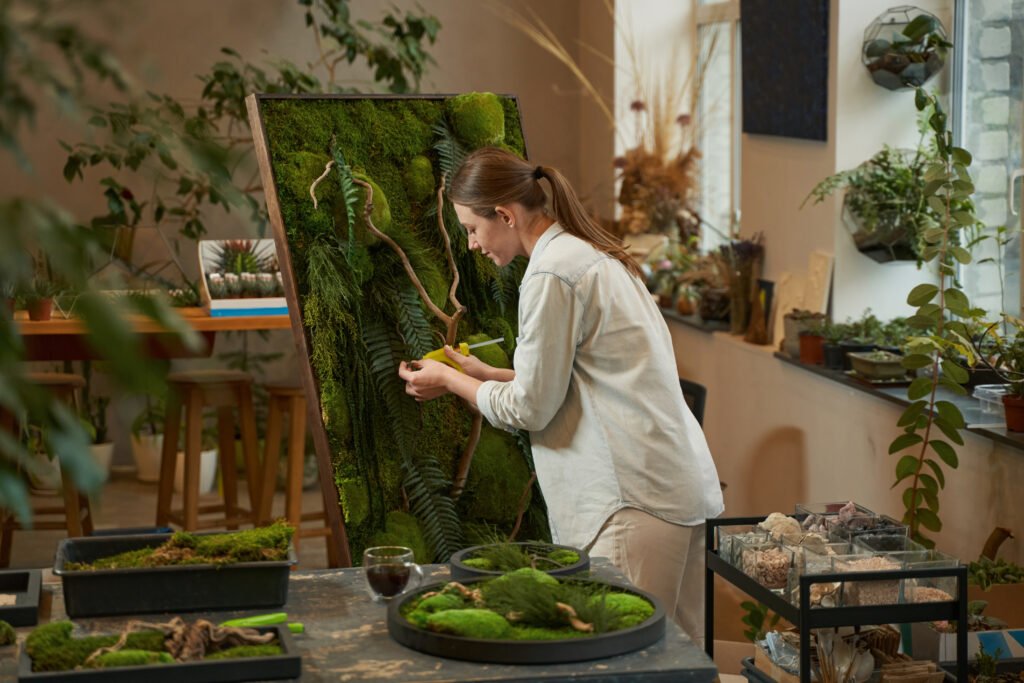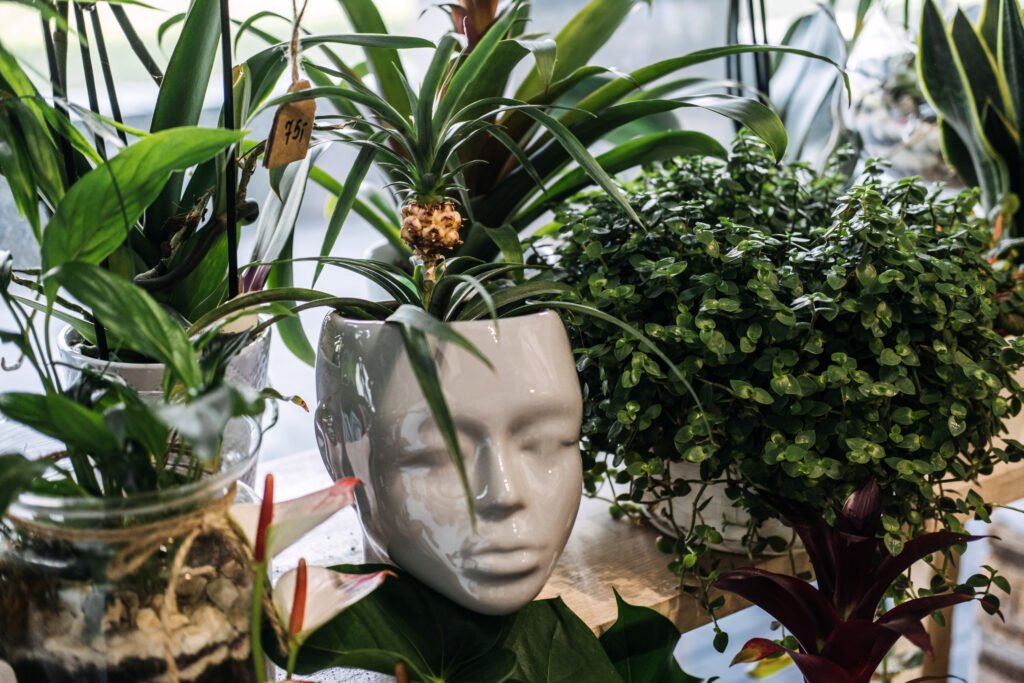In recent years, biophilic art has emerged as one of the most fascinating currents in contemporary art. By combining natural elements and technological resources in a single composition, this approach not only pushes the visual limits of artistic creation but also invites reflection on the coexistence of nature and culture in the digital age.
More than just an aesthetic trend, biophilic art proposes a symbolic return to the natural world, especially during times marked by climate crisis and hyperconnectivity. Not surprisingly, many contemporary artists are embracing this style as a form of both protest and healing. For those looking to buy abstract art with a sustainable and sensory appeal, this movement represents a meaningful and modern choice.
Reconnecting with Nature Through Art
The term “biophilia” comes from Greek. It means “love of life.” The concept gained strength from biologist Edward O. Wilson. He worked at Harvard University. In his 1984 book Biophilia, he makes an argument. He says humans have an innate affinity with Natureza. Biophilic art arises from this premise. Exposure to natural elements promotes well-being. It can also reduce stress. It may even improve productivity.
A 2020 study from Stanford University is important. It is called The Impact of Nature on Creativity and Mental Health. Enriched environments foster certain mental states. These spaces have vegetation and natural light. They make us more receptive to aesthetic contemplation. For this reason, biophilic art has gained traction. It is popular in museums and decoration projects. It is also used in workspaces. Its sensory effect is widely valued there.
Digital technologies have advanced. So, many artists are incorporating new tools. They use artificial intelligence and augmented reality. They also use sustainable materials in their work. The goal is to simulate natural forms using technology. This builds a bridge between the organic and artificial. This contrast encourages the viewer to reflect. They reflect on ecological balance and responsibility.
Biophilic Art and Today’s Art Market
The biophilic aesthetic appears in paintings, sculptures, installations, and digital media. Its traits often align with abstract art, exploring earthy colors, fluid forms, and compositions that evoke landscapes, leaves, stones, or water movements. These characteristics make it highly attractive to those seeking to buy abstract art that blends beauty, ecological awareness, and innovation.
Online platforms increasingly focus on selling abstract art inspired by biophilic aesthetics. Many of these sites support emerging artists, promote ethical production, and connect art to environmental consciousness. For those looking for the best places to buy art online, these platforms offer themed curations, sustainability certifications, and immersive digital experiences.

Additionally, biophilic art aligns with the concept of “regenerative design,” as explored by scholars like Bill Reed in Regenerative Development and Design (2016). This approach suggests that artworks should not only respect the environment but also contribute symbolically and emotionally to its regeneration.
The union of aesthetics, technology, and sustainability makes biophilic art a fertile ground for conscious collecting. By investing in this type of artwork, buyers engage in a narrative that goes far beyond decoration, enriching the sensory and ethical impact of their choices.



